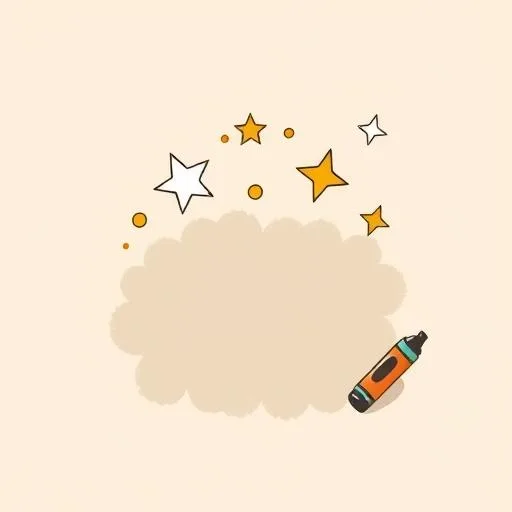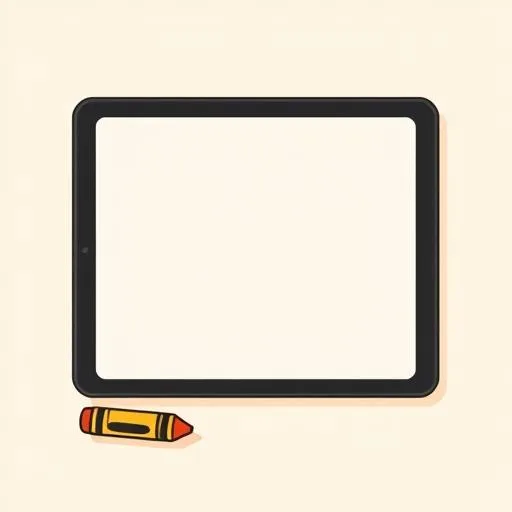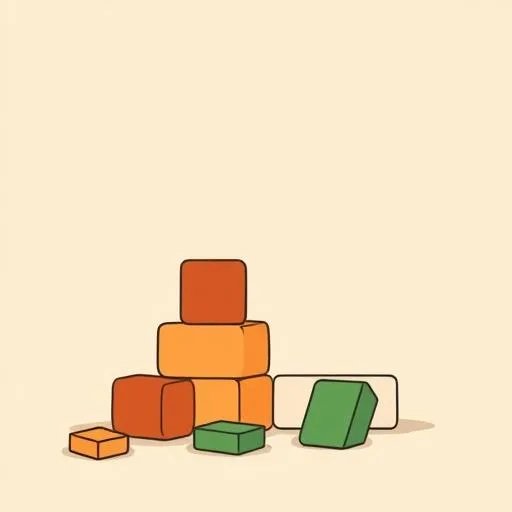
Ever watched a child turn sidewalk chalk into a galaxy? That raw, untamed spark of imagination—no fancy tools, just pure possibility—feels like magic. That same magic is now echoed in tools like Google’s new Stitch 2.0, and it’s got me thinking about the quiet dance between creation and connection in our kids’ lives and parenting in the AI age.
What If AI Tools Change How Kids Learn Creativity?

Stitch 2.0 turns ‘a dashboard with teal accents and rounded cards’ into a polished interface in seconds. Just type, click, and voilà—professional design without expensive software or steep learning curves. It’s thrilling, like watching dominoes fall perfectly. But here’s what tugs at me: when tools blur the line between idea and reality, do we risk skipping the messy, joyful struggle where real growth happens? That napkin doodle your kid proudly shows you—the one with wobbly lines and ‘mistakes’—holds more magic than any AI-generated replica. The stumbles in their crayon journey? That’s where resilience quietly grows.
You might’ve heard AI could unlock trillions in value across industries—yet for families, the real treasure isn’t speed. It’s nurturing the ‘what ifs’ that bloom when hands get dirty. Like when little fingers shape clay instead of clicking ‘generate.’ As parents, we’re not raising future app users; we’re growing humans who need to feel the weight of a real pencil, the frustration of a snapped twig in their fort-building quest, the pride of ‘I made this.’
Why Is the Struggle Essential for Child Development?

Studies reveal AI tools boost productivity most for those starting from less experience—almost like a gentle hand on the shoulder. But here’s the sweet paradox: what helps pros might shortchange our kids if we’re not careful. Imagine a child describing ‘a playground with rainbow slides’ to an AI. Instantly, it renders something sleek—yet where’s the grit of sketching it themselves, erasing, reimagining? The magic of childhood isn’t in the perfect output; it’s in the smudged fingerprints on the page.
I’ve seen it at the park: a toddler stacking blocks, knocking them down, rebuilding with a furrowed brow. That’s where problem-solving muscles flex. Tools like Stitch democratize creation—and goodness, that’s wonderful! But for kids, the ‘broken’ attempt often teaches more than the flawless result. What if we let them wrestle with the crayon box first, then explore tech as play—not a replacement, but a spice in the stew?
How to Nurture Curiosity in an Instant-Answer World?

Stitch’s genius lies in how it listens: ‘a dashboard with teal accents,’ it hums, and creates. But raising kids isn’t about giving instant answers—it’s about nurturing the questions. ‘Why do clouds float?’ ‘How tall could we build this tower?’ That curiosity is the oxygen of growth. When AI can sketch apps from thin air, our role shifts: we become guides who ask, ‘What story does this design tell?’ not ‘Let’s make it perfect.’
Balance isn’t about screen time quotas—it’s about weaving tech into life’s tapestry without letting it unravel the threads. Like that spontaneous picnic where phones stayed in pockets, and the only ‘tool’ was a frisbee. What if we carved out pockets of ‘analog wonder’? Building pillow forts, mixing baking soda volcanoes, tracing shadows on pavement. In those unplugged moments, kids discover they’re not just consumers of magic—they’re makers of it.
What Makes Human Connection Irreplaceable by AI?

Stitch crafts interfaces with startling precision, but it can’t replicate the warmth of a child’s giggle when their block tower finally stands. Or the sticky-fingered hug after ‘baking cookies’ with playdough. Technology reflects us—yet kids need to feel reflected in our eyes, not just a screen. That’s why I’ve started small: ‘What did you notice today?’ over breakfast, or ‘Show me how you’d fix this broken toy’ during errands. It’s not anti-tech; it’s pro-connection.
When tools like Stitch handle the ‘how,’ the ‘why’ becomes everything. ‘Why should this app feel friendly?’ sparks empathy. ‘Why did your drawing use blue?’ kindles self-expression. That’s the skill no AI can outsource: knowing what matters. As parents, we’re planting seeds for a world where tech serves humanity—not the other way around.
So next time your kid drags you outside to ‘see the ant parade,’ pause. No app needed. Just presence. Because the most revolutionary designs in life—the kind that last—aren’t built with code. They’re built with wonder, one messy, magnificent step at a time. What tiny moment of wonder will you cherish today?
Source: Google Stitch 2.0 : The Secret Weapon for Effortless UI Design, Geeky Gadgets, 2025/09/08
